
Ingredient
Soups (ready-to-eat)
"Savory Simplicity: Exploring the World of Ready-to-Eat Soups"
Ready-to-eat soups are pre-packaged soups that require no additional cooking or preparation, making them a convenient option for busy individuals or those seeking a quick and satisfying meal. These soups come in a variety of flavors, ranging from classic favorites like tomato and chicken noodle to more exotic options like Thai coconut curry or Italian minestrone. They are typically made with a combination of vegetables, meats, legumes, and spices, resulting in a rich and flavorful broth. The texture of ready-to-eat soups can vary depending on the ingredients used, with some featuring chunky vegetables or tender pieces of meat, while others have a smoother consistency. The appearance of these soups can range from vibrant and colorful to more subdued and earthy tones, depending on the ingredients and cooking methods employed.
Origins and history
The concept of soups dates back centuries, with various cultures around the world having their own unique versions. In ancient times, soups were often made by simmering ingredients in water or broth, resulting in a nourishing and easily digestible meal. Ready-to-eat soups, as we know them today, have evolved from these traditional recipes to meet the demands of modern lifestyles. The convenience of pre-packaged soups became popular in the mid-20th century, offering a quick and easy meal solution for busy households. Over time, the variety and availability of ready-to-eat soups have expanded, with different regions and cuisines contributing their own flavors and ingredients to the market.
Nutritional information
Ready-to-eat soups can vary in their nutritional content depending on the specific ingredients and preparation methods. They often provide a good source of vitamins, minerals, and fiber from the vegetables and legumes used. However, it is important to check the nutrition label as some ready-to-eat soups may contain higher levels of sodium or added preservatives.
Allergens
Common allergens associated with ready-to-eat soups include dairy, gluten, soy, and shellfish, depending on the specific ingredients used. It is essential to read the ingredient list and allergen information on the packaging to ensure suitability for individuals with allergies or dietary restrictions.
How to select
When selecting ready-to-eat soups, look for products with high-quality ingredients and minimal additives. Opt for soups that use natural and recognizable ingredients, avoiding those with excessive sodium or artificial flavors. Check the packaging for any specific dietary labels, such as gluten-free or vegan, to ensure they align with your dietary needs.
Storage recommendations
Ready-to-eat soups should be stored according to the instructions on the packaging. Most commonly, they can be stored in a cool, dry place until the expiration date. Once opened, any remaining soup should be refrigerated and consumed within a few days to maintain freshness.
How to produce
Ready-to-eat soups are typically produced on an industrial scale by food manufacturers. However, amateur cooks can create their own versions of ready-to-eat soups by preparing large batches and freezing them in individual portions for later use.
Preparation tips
Ready-to-eat soups require no additional preparation and can be enjoyed straight from the packaging. However, if desired, they can be heated on the stovetop or in the microwave according to the instructions provided. To enhance the flavor, consider adding fresh herbs, a squeeze of lemon juice, or a sprinkle of grated cheese before serving.
Culinary uses
Ready-to-eat soups are versatile and can be enjoyed as a standalone meal or used as a base for other dishes. They can be served with crusty bread or paired with a salad for a light lunch. Ready-to-eat soups can also be used as a flavorful ingredient in recipes such as casseroles, stews, or pasta dishes, adding depth and richness to the final dish.
Availability
Ready-to-eat soups are commonly available in grocery stores, supermarkets, and online retailers worldwide.
More ingredients from this category » Browse all

Legume (beans) soup
Hearty and Nourishing Legume Soup
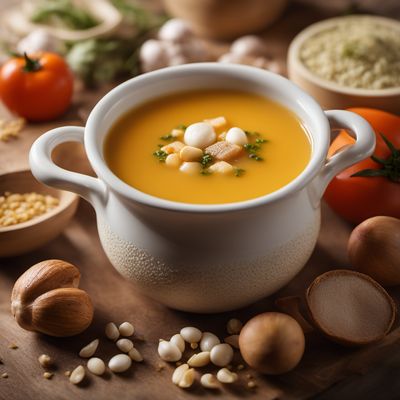
Mixed soups
A Symphony of Flavors: Exploring the World of Mixed Soups
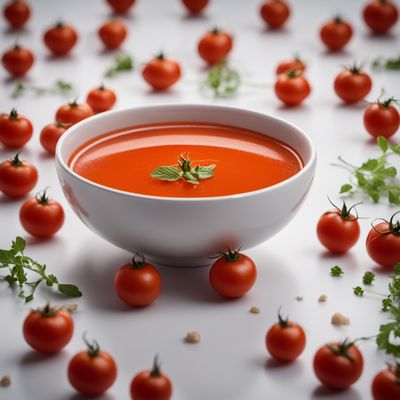
Tomato soup
The Comforting Elixir: Tomato Soup
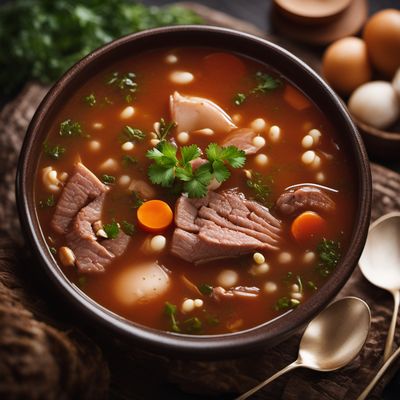
Meat soup
Savory Delight: Exploring the World of Meat Soup

Corn semolina based thick soup
Golden Corn Delight Soup

Fish soup
A Taste of the Sea in a Bowl
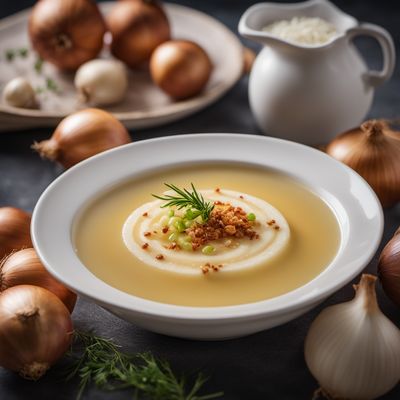
Onion soup
"Savory Delight: Unveiling the Aromas of French Onion Soup"

Potato soup
Creamy Comfort: Exploring the Delights of Potato Soup

Dairy/egg soup
Creamy Delight Soup

Fruit soup
Refreshing Medley: Exploring the World of Fruit Soup
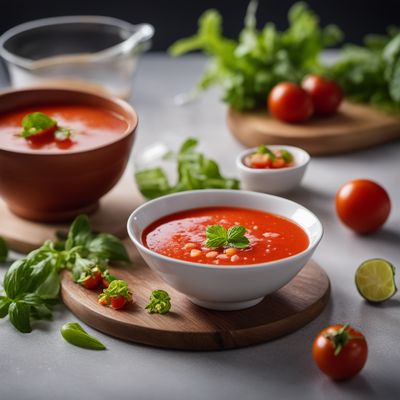
Gazpacho and similar
Refreshing Cold Soups: Gazpacho and Similar
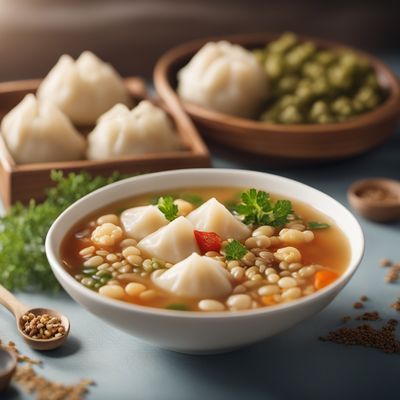
Cereal products and grains based soup
Hearty Grains Delight